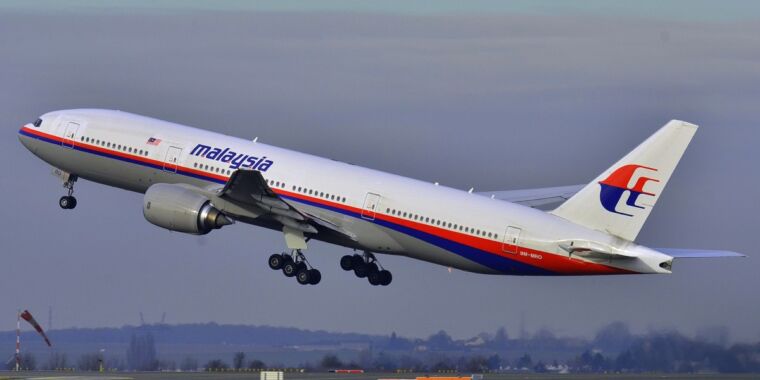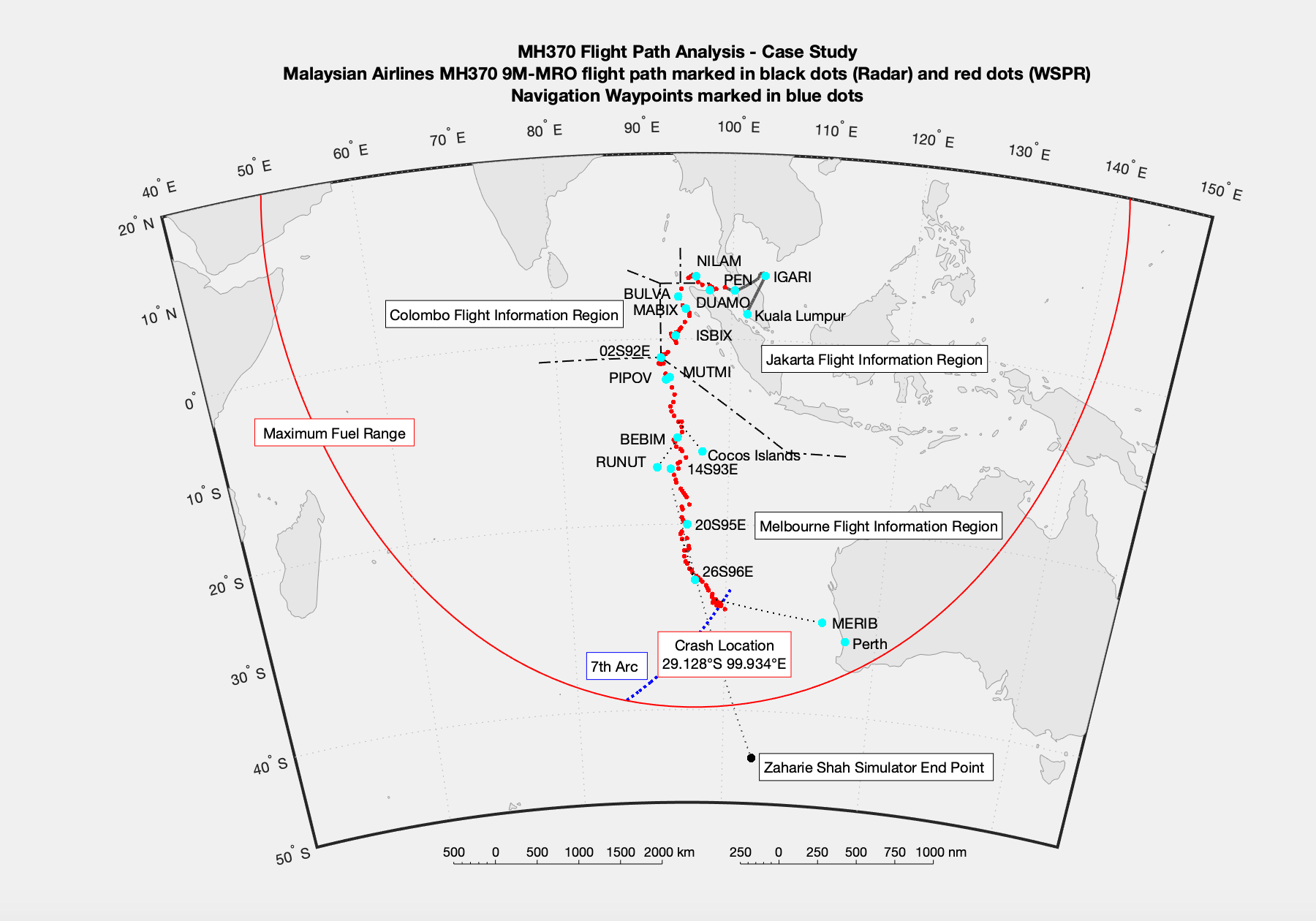While you could etch a micro QR code onto the head of a fastener, the benefit of doing is questionable at best. Standard fasteners are purchased and received in bulk quantities, and while you should get a lot certification code (and for MIL spec parts, a lot acceptance package) it isn’t as if each fastener is individually inspected, tested, and accepted because that would add an extraordinary amount of labor and logistical tracking cost to what are already generally very expensive applications. And in the build paper for an aircraft, launch vehicle, or an expensive tactical rocket, every single serialized component has to be listed, and then if it is ever removed and replaced must be tracked as part of a discrepancy report or change order. If you hear the chorus of aerospace enthusiasts screaming now about the “blizzard of paperwork” that accompanies these systems (and not entirely without merit), imagine the three or more of orders of magnitude of effort that would involve recording and tracking every individual fastener; even if this was all done electronically it would just be an overwhelming amount of data to virtually no benefit.
Now, there are certain types of fasteners that are serialized such as strainserts, frangible/ordnance fasteners, break-away bolts, et cetera, but this is because they have some specific complex function beyond just being a fastener, and there are generally only a handful of these on a vehicle, so tracking them isn’t onerous, and they are also items that are often critical to reliability and functionality. Standard fasteners should be designed for use with safety margins that the loss of any given fastener doesn’t cause the entire system to fail or unzip in some catastrophic manner way. On occasion this isn’t possible and mandates some kind of testing and inspection to verify the the integrity of this critical connection.
While serialized components make it easier to track back when counterfeit or defective components are discovered, hopefully finding the source and/or reducing the scope of sibling item alerts, they really do nothing the prevent counterfeiting. I actually worked an issue with counterfeit fasteners at the beginning of my career and the way we were able to discover the source of counterfeits was through sample testing, purchased lot tracking, and then going back through the vendor to determine their sourcing, which was from an Indonesian ‘manufacturing’ company that was actually a pass-through for a Chinese manufacturing concern in addition to more legitimate source from Korea and Japan. Because the ostensible provider wasn’t making anything themselves and was intermingling production runs of fasteners from different manufacturer into a single ‘lot’, serialization wouldn’t have provided separation between ‘good’ and ‘bad’ fasteners and we had to scrap all of these (and run a very expensive field replacement campaign at our company’s expense) and reestablish a verifiable supply chain. Much later, I saw the same issue with batteries which, just because they were labeled and came with lot certifications didn’t mean that they weren’t a mix of real and counterfeit batteries, and serializing them at the provider level wouldn’t have made any difference whatsoever.
Counterfeiting is really a verification and trust problem that is one of the largely unseen problems of offshoring and globalization. When you can go to a manufacturer’s facility, validate that they are, in fact, doing the appropriate level of sample testing and inspection, do a walkthrough of build and lot acceptance paperwork to perform an eyes-on verification, and be able to hold an actual person accountable for ensuring that the documentation is complete and accurate, you can develop a high level of confidence that defects will be detected at a statistically determinate threshold and that counterfeits can’t be introduced into the system without deliberate fraud on the part of someone who can be held to account. When you get components from overseas by a company you only know from a letterhead and supplier number, ‘assured’ by people you will never meet and who will never be accountable for any loss of oversight or graft, you’re essentially trusting the fates that you won’t get scammed, and adding unit serialization into the process is just doing some kabuki to pretend that you are doing ‘something’ to assure quality control.
Stranger

